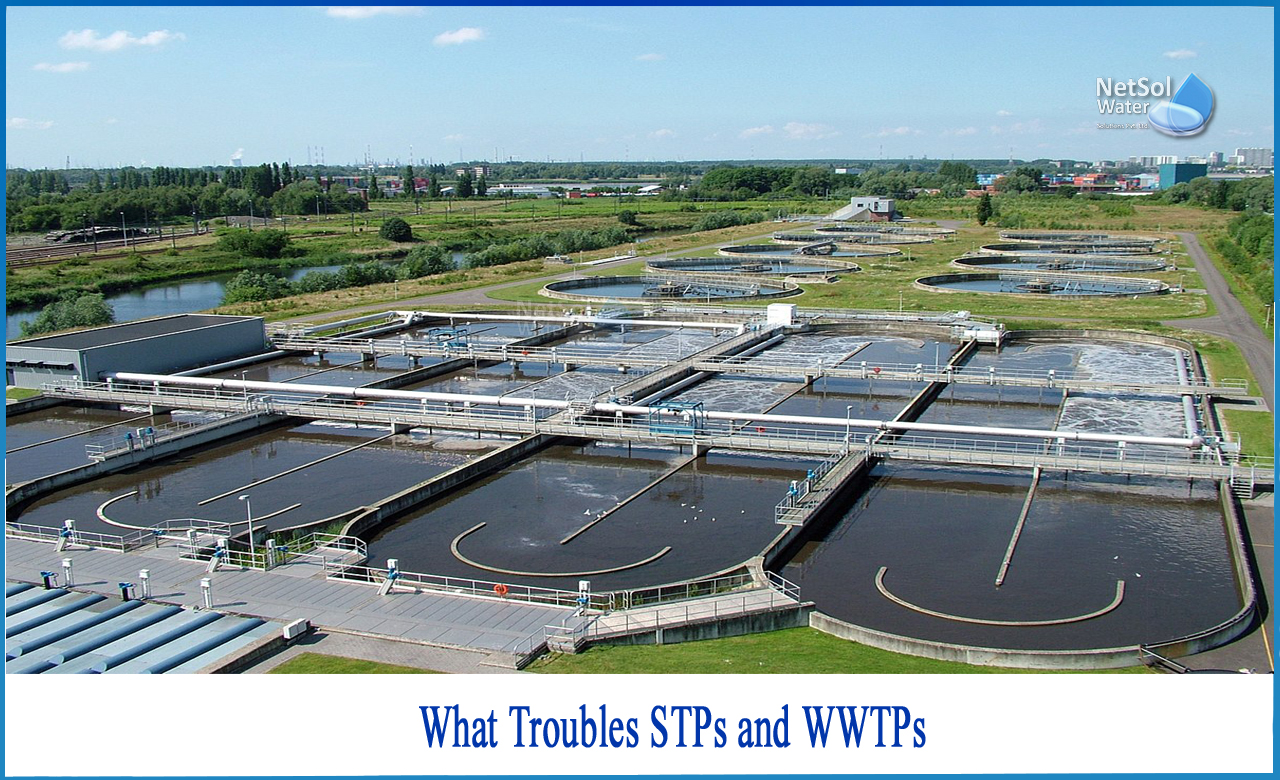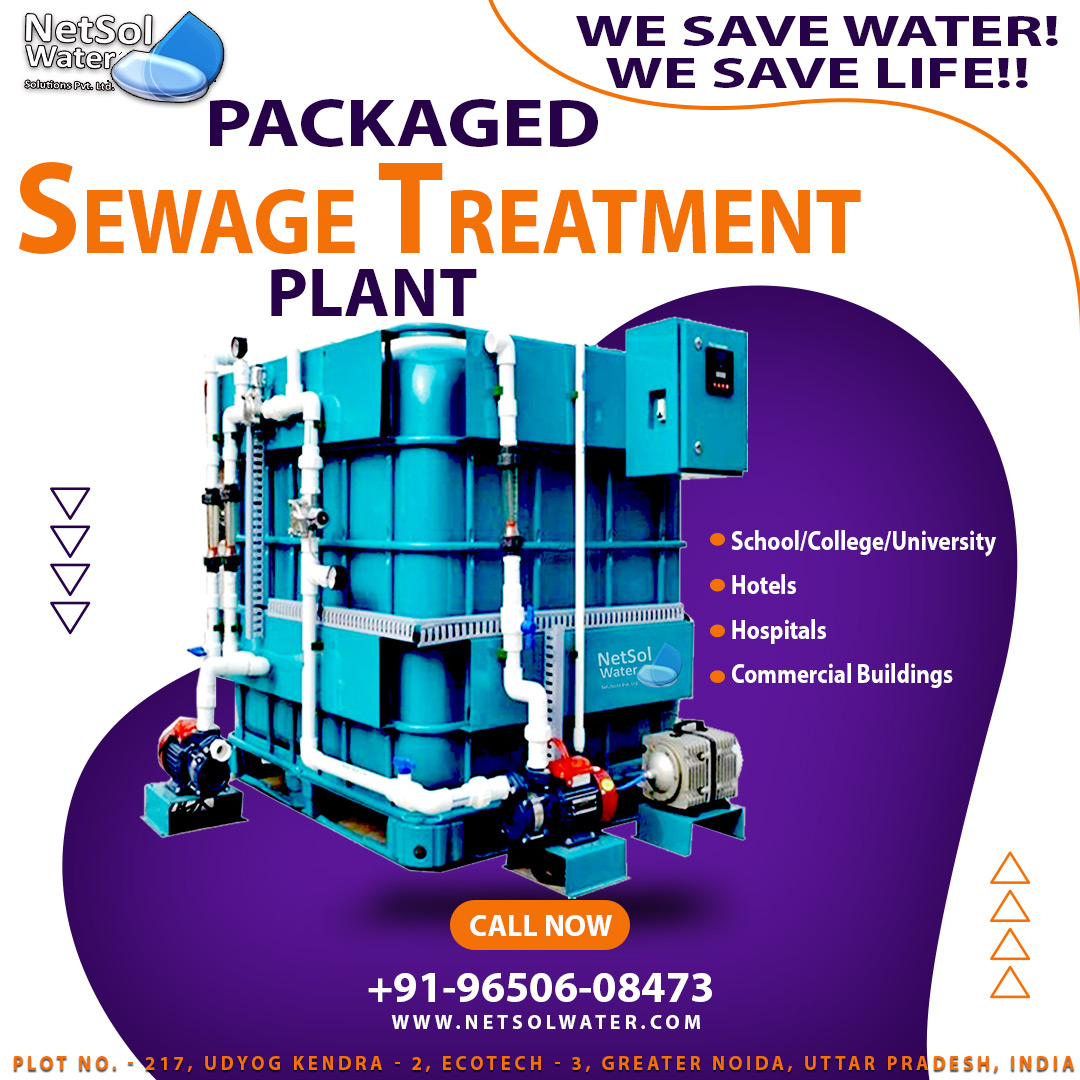What troubles STPs and WWTPs?
As the population grows and more people choose to live in urban communities, small cities and businesses are installing decentralized wastewater treatment plants (STPs) to solve treatment problems. While these systems excel at providing viable long-term alternatives to central wastewater treatment plants, they are often improperly maintained or operated, resulting in license violations.
The following article presents five common problems with wastewater treatment plants-
1. Damage to downstream equipment due to the accumulation of large solids, hair and fibres
Given this, do you need to wonder if first-line treatment is appropriate?
2. Treated wastewater does not meet the overall nitrogen (TN) goal
To determine where the problem lies, the first step is to analyse ammonia, nitrite, and nitrate in the areas and then controlling the TN level to make the facility compliant. In most cases, plants contain high levels of ammonia or nitrates, which can be seen to contribute to high TN levels.
3. Treated wastewater fails to meet total phosphorus (TP) target
The main objectives of the treatment process related to total phosphorus are: Achieving the;
· TP license limit
· To minimize overall chemical consumption
· Realize reduction of operating costs
4. Treated wastewater does not meet biochemical oxygen demand (BOD) targets
Biochemical Oxygen Demand (BOD) is a measure of the amount of oxygen required to biodegrade organic matter in water. Generally, the higher the BOD level, the lower the dissolved oxygen (DO) level. This is because the oxygen demand of bacteria is high and this oxygen is absorbed from the oxygen dissolved in water. In the absence of organic waste in the water, there are fewer bacteria that break down, which tends to result in lower BODs and higher DOs.
High BOD levels in treated wastewater can be due to several causes. Verifying such parameterscan be very helpful in lowering your BOD level.
5. There are many complaints as a direct result of the odour problem of WWTP and STP
Areas around WWTPs and STPs have strong bad odours which makes breathing difficult for the people residing around it and the workers also. This can be due to many factors as no odour control machinery installation and malfunctioning of the plant.
What comes next?
These are all the technical problems that can come in managing treatment plants both for wastewater and sewage. All these problems have their unique solutions that are applicable to them only.
We need to identify the problem and then look for the solution.
Also resolving the problem as soon as it is detected gives us the leverage to work more efficiently. For this purpose in the next part we will see the solutions for these problems.
These services for solutions can be provided by Netsol Water, as we have the experience of more than 10 years in the water and wastewater management field.




